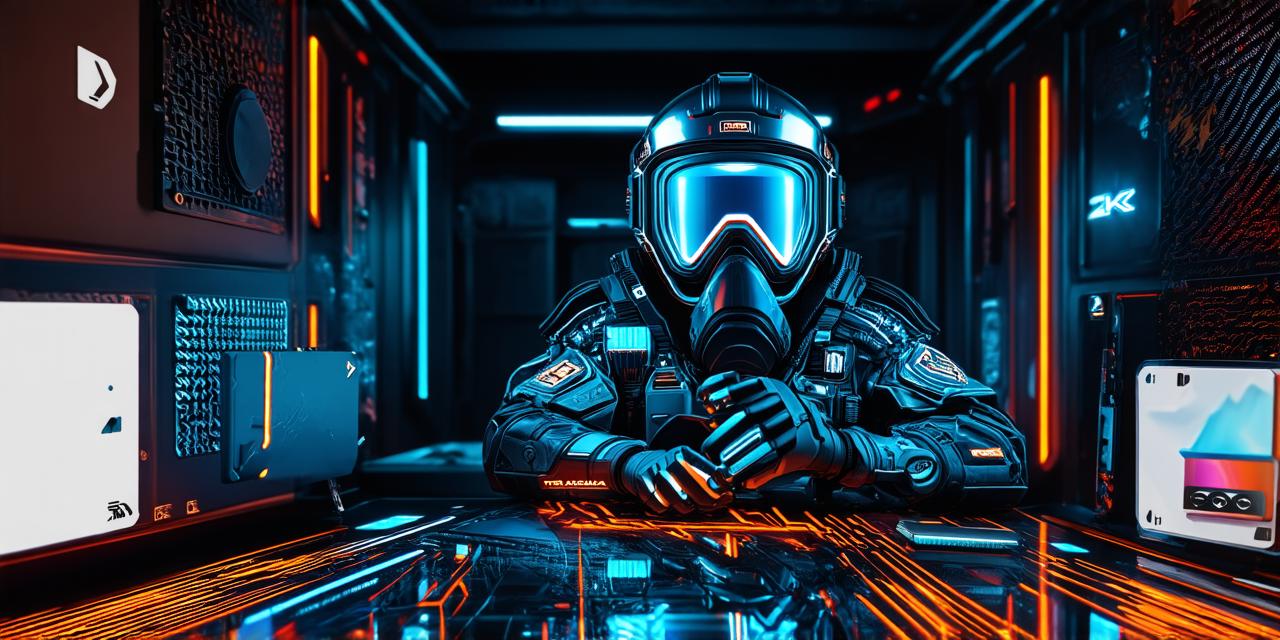Augmented reality (AR) is becoming increasingly popular in many industries, including education, marketing, and entertainment. One of the most common ways to create AR experiences is through the use of AR cards, which can be used to enhance learning, marketing campaigns, and games.
What are AR Cards?
AR cards are simply physical cards that have been enhanced with augmented reality technology. When viewed through an AR app or device, these cards can provide additional information or interactive experiences that go beyond the physical card itself. For example, a history teacher might use an AR card to bring a historical event to life, while a marketer might use an AR card to create an immersive product demonstration.

Getting Started with AR Card Creation
Before you start creating your AR cards, there are a few key things to keep in mind. First and foremost, you will need an AR app or device that is capable of scanning physical objects. There are many options available, including the popular ARKit and Vuforia platforms.
Once you have your AR app ready, you can begin designing your card. One important thing to consider is the size and shape of the card. AR cards should be small enough to fit in a pocket or purse, but large enough to provide an engaging experience when scanned. The shape of the card is also important – it should be easily recognizable and have a clear focal point that draws attention to the augmented content.
Designing the Augmented Content
Once you have designed your physical card, it’s time to start thinking about the augmented content. This is where AR cards really shine – by adding interactive elements to the physical card, you can create an immersive experience that goes beyond what could be achieved with traditional media.
One popular way to add augmented content to a card is through the use of QR codes or RFID tags. These technologies allow you to link the physical card to digital content that will be displayed when the card is scanned. For example, a history teacher might create an AR card with a QR code that links to a video about a historical event, while a marketer might use an RFID tag to display product information when the card is scanned.
Another option for adding augmented content to AR cards is through the use of 3D models and animations. These technologies can create a more immersive experience by bringing the physical card to life in a way that was previously impossible. For example, a car manufacturer might create an AR card with a 3D model of a new car that can be viewed and interacted with when scanned.
Creating Engaging AR Cards
Now that you have your physical card designed and your augmented content ready, it’s time to start thinking about how to make your AR cards engaging. One important thing to keep in mind is that AR cards should be interactive – they should provide an experience that goes beyond simply displaying information.
One way to create an engaging AR card is through the use of games or puzzles. For example, a history teacher might create an AR card with a puzzle that requires students to solve historical events in order to unlock additional content. This can be a fun and interactive way to engage students and help them learn.
Another way to make your AR cards engaging is through the use of personalization. By allowing users to customize their AR experience, you can create a more immersive and meaningful experience for each individual.
